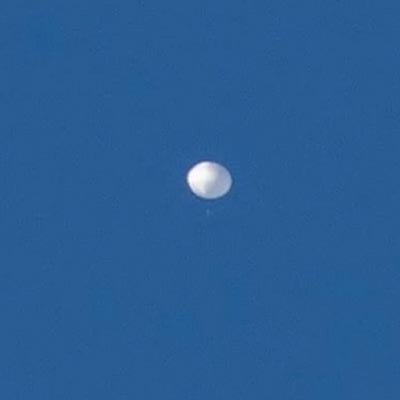A weather balloon is a balloon (specifically a type of high-altitude balloon) that carries instruments aloft to send back information on atmospheric pressure, temperature, humidity and wind speed by means of a small, expendable measuring device called a radiosonde. To obtain wind data, they can be tracked by radar, radio direction finding, or navigation systems (such as the satellite-based Global Positioning System, GPS).
Balloons meant to stay at a constant altitude for long periods of time are known as transosondes. Weather balloons that do not carry an instrument pack are used to determine upper-level winds and the height of cloud layers. For such balloons, a theodolite or total station is used to track the balloon’s azimuth and elevation, which are then converted to estimated wind speed and direction and/or cloud height, as applicable.
Weather balloons are launched around the world for observations used to diagnose current conditions as well as by human forecasters and computer models for weather forecasting. Between 900 and 1,300 locations around the globe do routine releases, two or four times daily.






